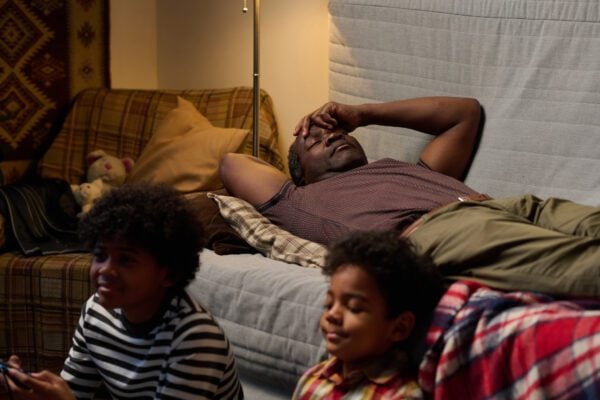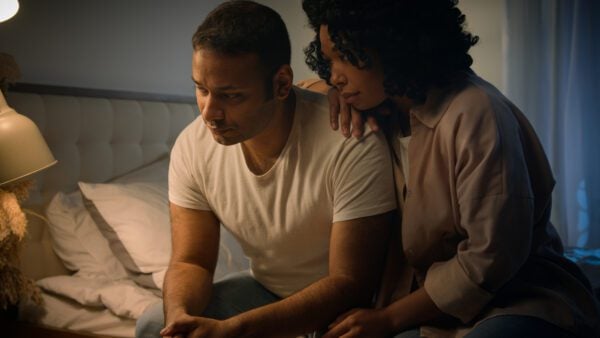With the winter heating season frigidly creeping around the corner, the Indiana Housing and Community Development Authority (IHCDA) has announced the opening of the application period for its Energy Assistance Program (EAP), a vital resource for low-income households facing high utility expenses.
The program accepts applications from October 1, 2025, through April 20, 2026.
The federally funded program, known nationally as the Low-Income Home Energy Assistance Program (LIHEAP), provides a one-time annual benefit paid directly to utility companies to help eligible residents manage their heating and electric bills. This assistance can be crucial for households at risk of disconnection or those already without service.
Understanding EAP eligibility

Indiana households with or below 60% of the state’s median income may qualify for assistance. Eligibility is determined based on the gross income of all household members from the most recent three-month period.
The following income guidelines, based on household size, will be in effect for the 2025-2026 program year:
- 1 person: $2,796 per month / $8,389 for three months
- 2 people: $3,656 per month / $10,970 for three months
- 3 people: $4,517 per month / $13,551 for three months
- 4 people: $5,377 per month / $16,133 for three months
- 5 people: $6,238 per month / $18,714 for three months
For each additional person, add approximately $860 to the monthly income limit. renters whose heat and electric costs are included in their monthly rent may also qualify for a benefit.
Officials emphasize that the EAP benefit is not intended to cover a household’s entire annual energy cost. Recipients should continue to pay their utility bills regularly to avoid falling behind. The benefit serves as a supplemental subsidy to alleviate the financial strain during the most expensive months.
How to apply for EAP

Prospective applicants have several options to submit their materials. They can apply online through a designated portal, submit a paper application by mail or apply in person by contacting their county’s designated Local Service Provider (LSP). These LSPs, often community action agencies like the MLK Center and John Boner Center, typically process all applications and determine final eligibility.
A critical note for residents of Adams, Blackford, Huntington, Jay, Randolph and Wells counties: a new online system, referred to as LITT, will be used for applications this year. These applicants must ensure they use the correct portal link, which will differ from the one used by residents of other Indiana counties.
The application season follows a specific timeline with key dates:
- Oct. 1, 2025: Online applications open to the general public at 8:00 AM Eastern Time.
- Nov. 1, 2025: Local Service Providers may begin scheduling in-person appointments, though appointments are not strictly required to apply.
- Dec. 1, 2025: The statewide “Moratorium” period begins, offering protection from disconnection for eligible applicants.
- March 15, 2026: The Moratorium period ends.
- April 20, 2026: The EAP application period closes at 5 p.m. ET.
Consumer protections and EAP

A significant protection for Indiana residents is the winter moratorium law. From Dec. 1, 2025 through March 15, 2026, regulated utility companies are prohibited from disconnecting residential service for any customer who has applied for and is eligible for EAP. Applicants who have received a disconnection notice should immediately inform their utility provider that an EAP application has been submitted.
For households in a heating crisis — such as receiving a disconnection notice, already being disconnected or having a bulk fuel tank at 10% capacity or less — the response is accelerated. LSPs are required to provide a mitigating action within 48 hours. In life-threatening situations involving a disconnected utility and a documented medical need, the response time is shortened to 18 hours.
Post-application EAP timeline and appeals
Applicants should be prepared for processing times. For standard applications submitted without an in-person appointment, LSPs have up to 55 days to determine eligibility. After a benefit is awarded, it can take utility companies an additional 30 days to process the payment. For direct-pay benefits, it may take up to 120 days for a check to be issued.
If an application is denied or a benefit is calculated incorrectly, applicants have the right to appeal. The appeal must be filed in writing with the Local Service Provider within 30 days of the denial. The LSP is then required to issue a written response within 14 calendar days. IHCDA advises applicants to first appeal to their LSP before escalating the matter to the state authority.
For more information, to find a Local Service Provider or to begin an application, residents are encouraged to visit the official IHCDA website or contact the Community Programs team at eap@ihcda.in.gov. While the 211 helpline can no longer complete applications over the phone, it remains a valuable resource for information on other community assistance programs.
For more news, visit indianapolisrecorder.com.
Noral Parham is the multi-media & senior sports reporter for the Indianapolis Recorder, one of the oldest Black publications in the country. Prior to joining the Recorder, Parham served as the community advocate of the MLK Center in Indianapolis and senior copywriter for an e-commerce and marketing firm in Denver. He is also the owner and founder of Horsemen Sports Media.






